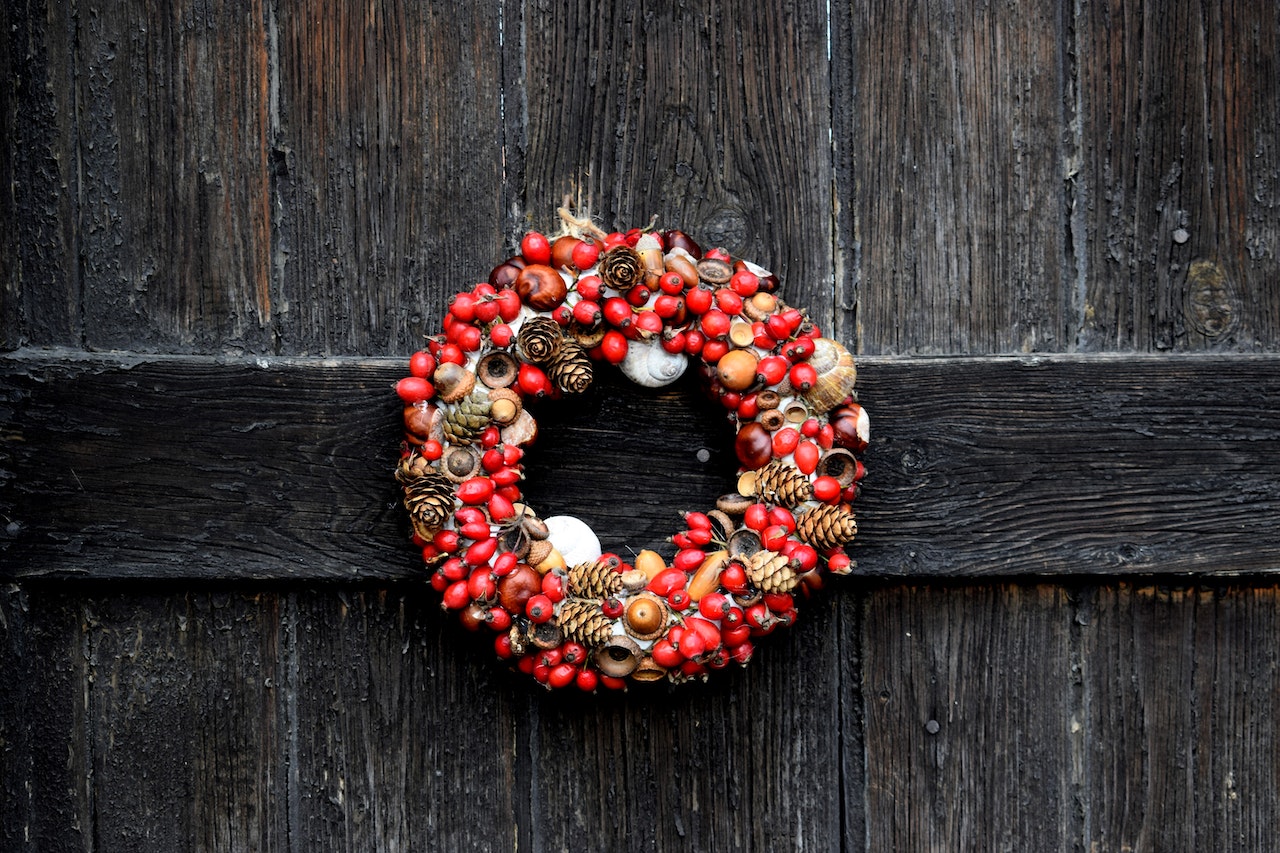
Twelfth Night is a beloved and celebrated holiday in many parts of the world. It falls on January 5th or 6th, depending on the region, and is steeped in history and tradition. While it is celebrated in different ways across the globe, the origins of Twelfth Night can be traced back to the medieval era.
At its core, Twelfth Night is a celebration of the end of the Christmas season. It is the final night of the Twelve Days of Christmas, which begins on December 25th. Historically, it was a time for feasting and merry-making, and many of the traditions associated with Twelfth Night stem from this festive atmosphere.
Celebrating Twelfth Night Today: Festivities, Foods, and Customs
One of the most well-known elements of Twelfth Night is the Twelfth Night cake. This was a rich, fruity cake that was traditionally baked with a bean or a pea hidden inside. The person who found the bean or the pea was crowned the “Lord of Misrule” and presided over the revelry of the evening.
Another tradition associated with Twelfth Night is the singing of carols. While we tend to associate carols with the weeks leading up to Christmas, many of the songs we know as Christmas carols were originally Twelfth Night carols. These carols were sung throughout the evening as people moved from house to house, sharing in the festivities.
In some parts of the world, Twelfth Night is also known as Epiphany Eve. This is because it is the night before Epiphany, which commemorates the visit of the Magi to the baby Jesus. In many countries, such as Spain and Portugal, Epiphany is celebrated as the day when children receive their Christmas presents.
Twelfth Night Artefacts: Examining Art, Music, and More from Smithsonian’s Collection
In recent years, interest in Twelfth Night has been renewed as people seek to reconnect with the traditions and history of this holiday. The Smithsonian Libraries, for example, have digitized a number of books and manuscripts related to Twelfth Night, making them available to a wider audience.
One such work is A Christmas Carol by Charles Dickens. While not specifically about Twelfth Night, this classic story is set during the Christmas season and carries many of the same themes and traditions. The Smithsonian version of A Christmas Carol also includes illustrations by noted artist Arthur Rackham, which add to the richness and beauty of the work.
Another Smithsonian resource is the Twelfth Night Revels, a collection of essays and articles about the history and significance of the holiday. This book offers insights into the various traditions associated with Twelfth Night, as well as its cultural and social significance throughout history.
Twelfth Night is a holiday with a deep and fascinating history. From the cake with a hidden bean to the singing of ancient carols, its traditions are rich and diverse. Thanks to the Smithsonian Libraries, we can explore the history and significance of this holiday in greater detail, and gain a deeper appreciation for the many ways in which people have celebrated the end of the Christmas season throughout history.
